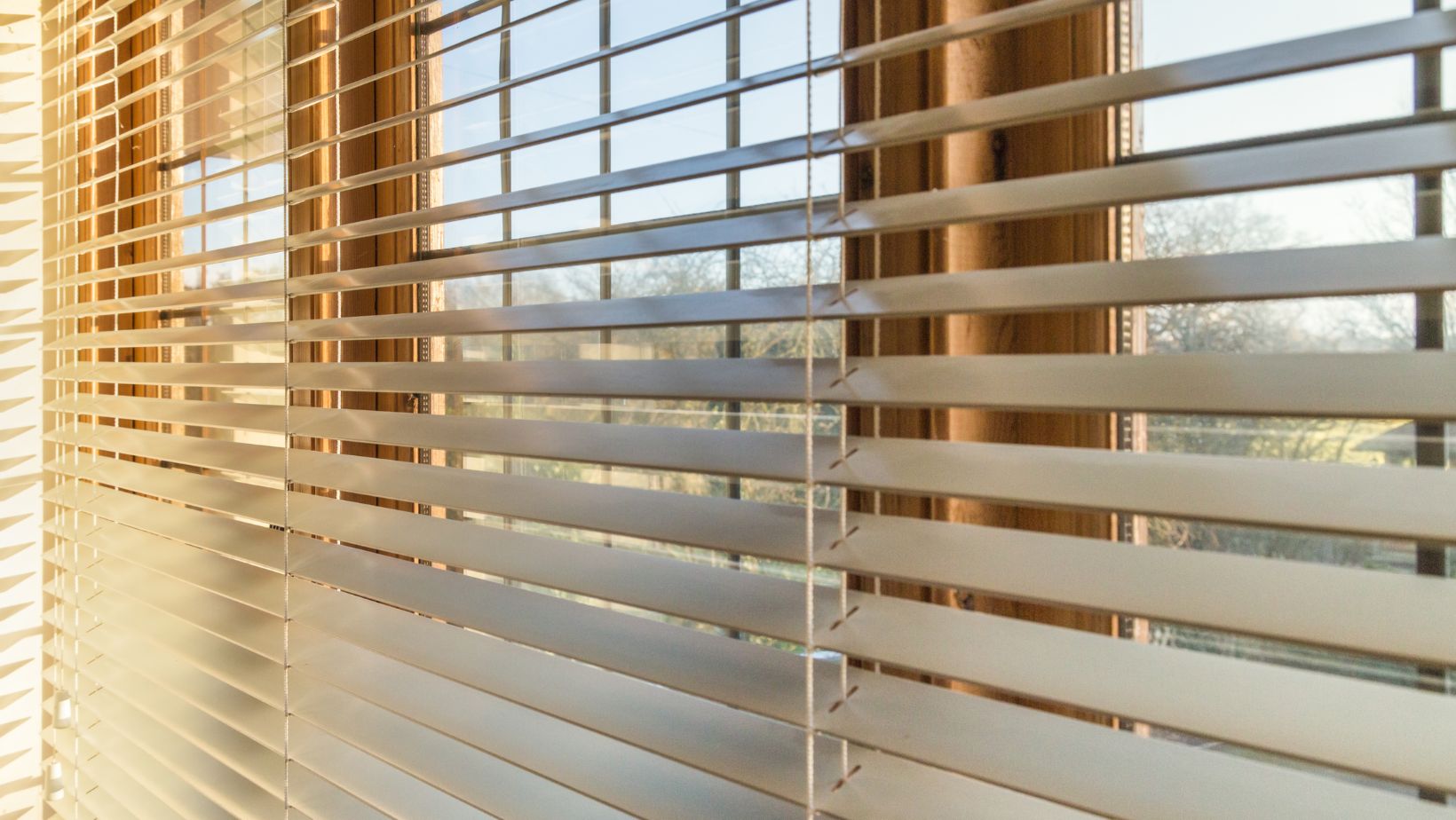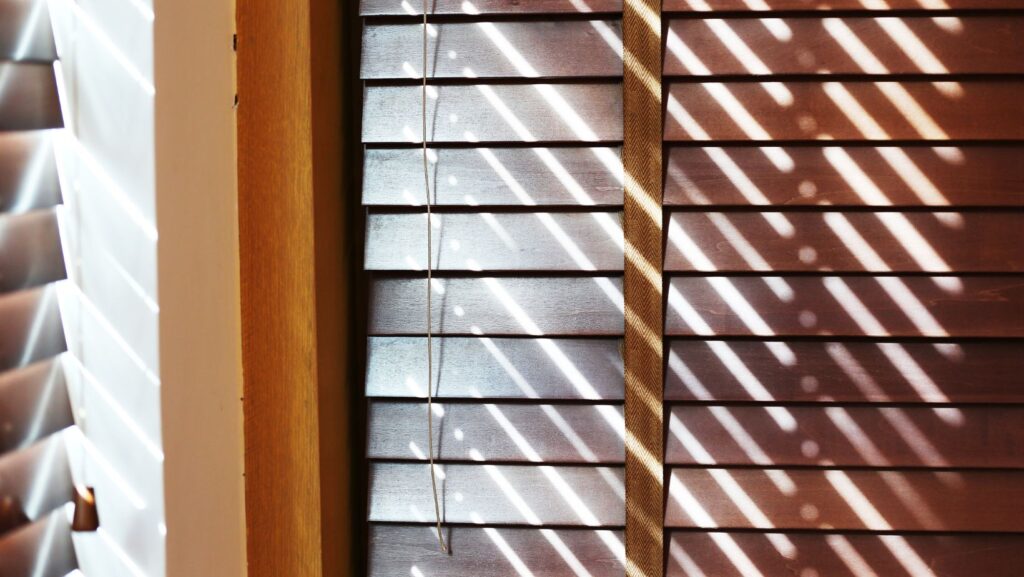Blinds can dramatically shape the look and feel of a room, and when choosing between faux wood and real wood, the decision carries both aesthetic and practical weight. We will explore the key differences between these two types of blinds so you can decide which better suits your home. Wood and faux wood each have their own characteristics, textures, and long-term implications, depending on the environment in which they are installed. A well-chosen window treatment does more than block sunlight—it contributes to the tone of a space, enhances comfort, and supports energy efficiency. Whether you’re working with large bay windows, narrow bathroom panes, or standard bedroom frames, knowing the attributes of both options will help you make a confident decision. Factors like humidity, budget, durability, and maintenance all play a role in selecting the correct type of blind. Matching your window treatments to your lifestyle ensures visual harmony and reliable performance.
Contents
Table of Contents
ToggleFraming Function and Style at the Window
Understanding the Appeal and Performance of Real Wood Blinds
Real wood blinds offer a natural charm that’s hard to replicate. They’re typically made from lightweight hardwoods like basswood or poplar, offering an elegant grain and warmth that seamlessly fits into traditional and contemporary interiors. These blinds bring a rich visual texture to any room, and they come in various stains and finishes that allow for seamless coordination with flooring, furniture, or trim. Beyond their appearance, wood blinds provide good insulation, helping to keep rooms cool in the summer and warm in the winter. However, their organic material makes them more vulnerable to moisture and temperature changes. Wood blinds may warp or crack over time in areas like kitchens and bathrooms if exposed to steam or humidity. Still, for living rooms, dining areas, and bedrooms, they deliver a level of refinement that makes them a popular choice. They’re also lighter than faux wood, making them easier to raise and lower, especially on larger windows.
Durability and Versatility of Faux Wood Blinds
Faux wood blinds are designed to replicate the look of real wood while offering increased durability in challenging environments. Made from PVC, vinyl, or composite materials, they’re moisture-resistant, making them ideal for rooms with higher humidity levels or temperature swings.

Faux wood is also heavier than real wood, so lifting on large windows may require more effort, but that added weight often translates to increased durability. For households with children or pets, faux wood offers a resilient solution that withstands daily use without the risk of warping or fading. These blinds are available in a wide range of textures and finishes that mimic wood grain, allowing homeowners to enjoy the appearance of wood with less maintenance. Faux wood also tends to be more budget-friendly, offering a way to cover multiple windows without breaking the bank. Its versatility and strength make it a logical choice for bathrooms, laundry rooms, or kitchens, where conditions fluctuate regularly.
Room Conditions and Your Long-Term Goals
When deciding between genuine and faux wood, evaluating the room’s conditions is just as important as personal taste. Real wood blinds perform beautifully in dry, stable environments and can become a standout feature in a home office or library, adding character with their authentic grain. However, faux wood may be the wiser choice in a sunroom or a space with daily exposure to heat and humidity. Long-term goals should also be a factor in the decision. If you’re updating a home for resale, real wood blinds can elevate a space with a sense of luxury and help set the tone during showings. On the other hand, faux wood blinds can hold up over time with fewer maintenance concerns, making them ideal for rental properties or family homes where practicality takes precedence. The balance between aesthetics and performance often hinges on understanding how each material responds to real-world use over time and across seasons.
Style, Budget, and Where to Find the Right Fit
Aesthetic appeal and cost will often tip the scale for homeowners torn between faux and real wood. Faux wood tends to be less expensive but still offers a beautiful finish, while real wood brings an undeniable richness and warmth to interiors at a slightly higher price point. Matching your window treatments with existing furniture, cabinetry, or trim can help narrow your selection. For those looking to compare samples and finishes in person, visiting a Blinds shop allows you to see how the materials look in natural light and how they feel to the touch. This hands-on approach often provides more clarity than browsing online images. It’s also an opportunity to ask questions about warranties, installation support, and long-term maintenance. Whether investing in blinds for a new home or replacing old ones, working with a knowledgeable retailer can help ensure you choose a product that suits both your vision and practical needs without overspending or settling for less durability.

Choosing between faux wood and real wood blinds isn’t about finding one perfect answer—it’s about aligning your priorities with the strengths of each material. Real wood adds timeless beauty and a touch of craftsmanship to any space, while faux wood delivers durability, ease of care, and adaptability for more demanding conditions. By considering where the blinds will be installed, how much maintenance you’re willing to commit to, and what visual impact you want to create, you can decide to enhance your home both functionally and stylistically. Window treatments are one of those details that quietly shape how a room feels daily. With the right blinds, you control the light, preserve privacy, and create a consistent, comfortable ambiance. Whether you’re drawn to hardwood’s natural elegance or composite materials’ practical reliability, there’s a solution that reflects your needs and your taste—without compromise.

